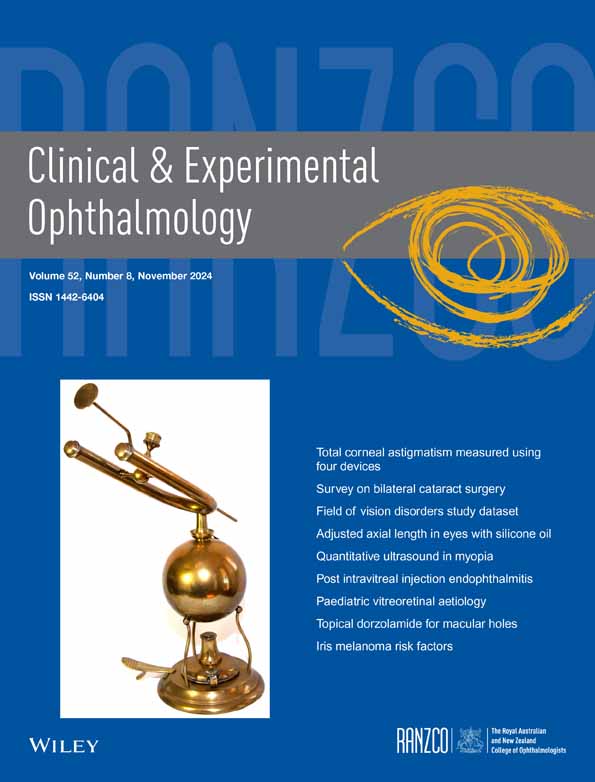In-vivo high-frequency quantitative ultrasound-derived parameters of the anterior sclera correlated with level of myopia and presence of staphyloma
Quan V. Hoang and Jonathan Mamou contributed equally as senior author.
Abstract
Background
A high-frequency point-of-care (POC) ultrasound instrument was used to evaluate the microstructural and biomechanical properties of the anterior sclera in vivo using parameters computed from quantitative ultrasound (QUS) methods.
Methods
In this cross-sectional study, both eyes of 85 enrolled patients were scanned with the POC instrument and ultrasound data were processed to obtain QUS parameters. Pearson correlation and multi-linear regression were used to identify relationships between QUS parameters and refractive error (RE) or axial length. After categorising eyes based on RE, binary support vector machine (SVM) classifiers were trained using the QUS or ophthalmic parameters (anterior chamber depth, central corneal thickness, corneal power, and intraocular pressure) to classify each eye. Classifier performance was evaluated by computing the area under the receiver-operating characteristic curve (AUC).
Results
Individual QUS parameters correlated with RE and axial length (p < 0.05). Multi-linear regression revealed significant correlation between the set of QUS parameters and both RE (R = 0.49, p < 0.001) and axial length (R = 0.46, p = 0.001). Classifiers trained with QUS parameters achieved higher AUC (𝑝 = 0.06) for identifying myopic eyes (AUC = 0.71) compared to classifiers trained with ophthalmic parameters (AUC = 0.63). QUS-based classifiers attained the highest AUC when identifying highly myopic eyes (AUC = 0.77).
Conclusions
QUS parameters correlate with progressing myopia and may be indicative of myopia-induced microstructural and biomechanical changes in the anterior sclera. These methods may provide critical clinical information complementary to standard ophthalmic measurements for predicting myopia progression and risk assessment for posterior staphyloma formation.
CONFLICT OF INTEREST STATEMENT
The authors declare no conflicts of interest.
Open Research
DATA AVAILABILITY STATEMENT
The data that support the findings of this study are available from the corresponding author upon reasonable request.




